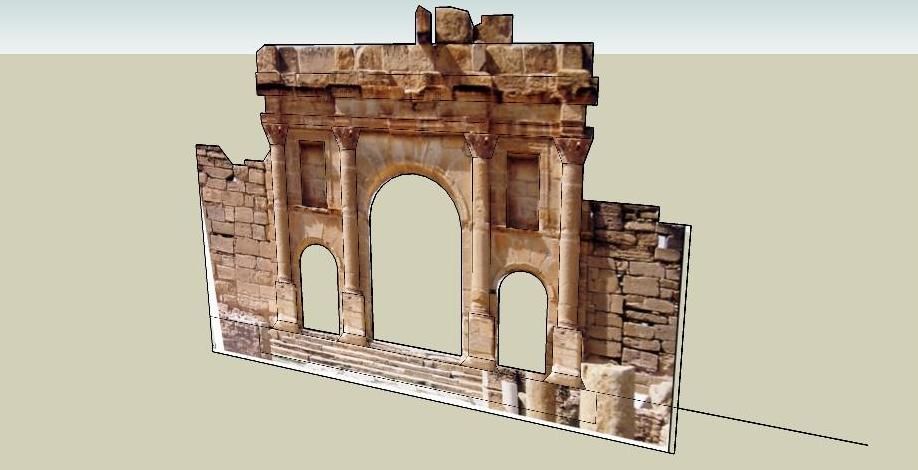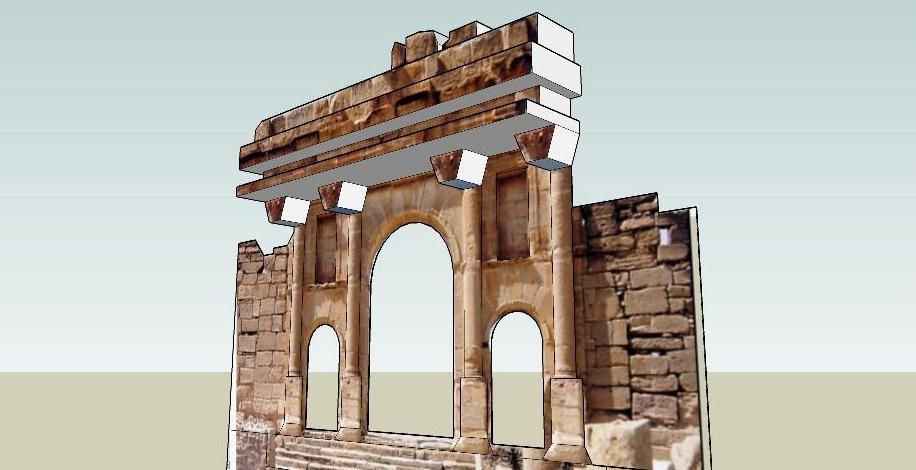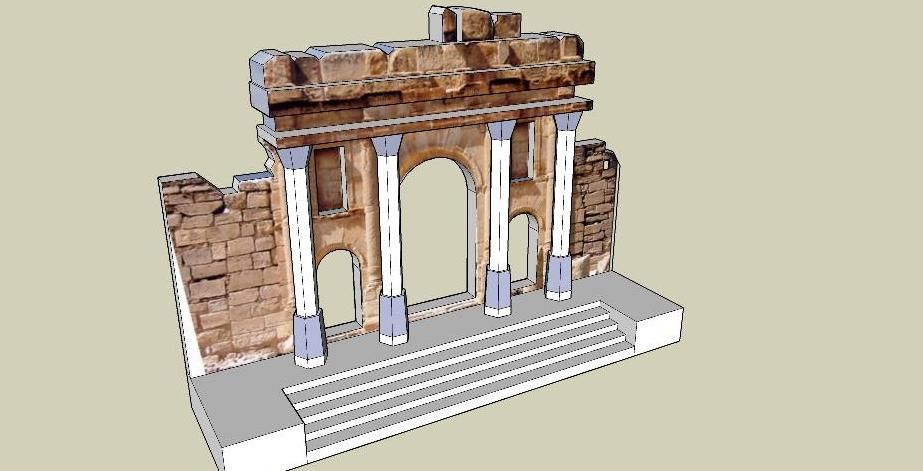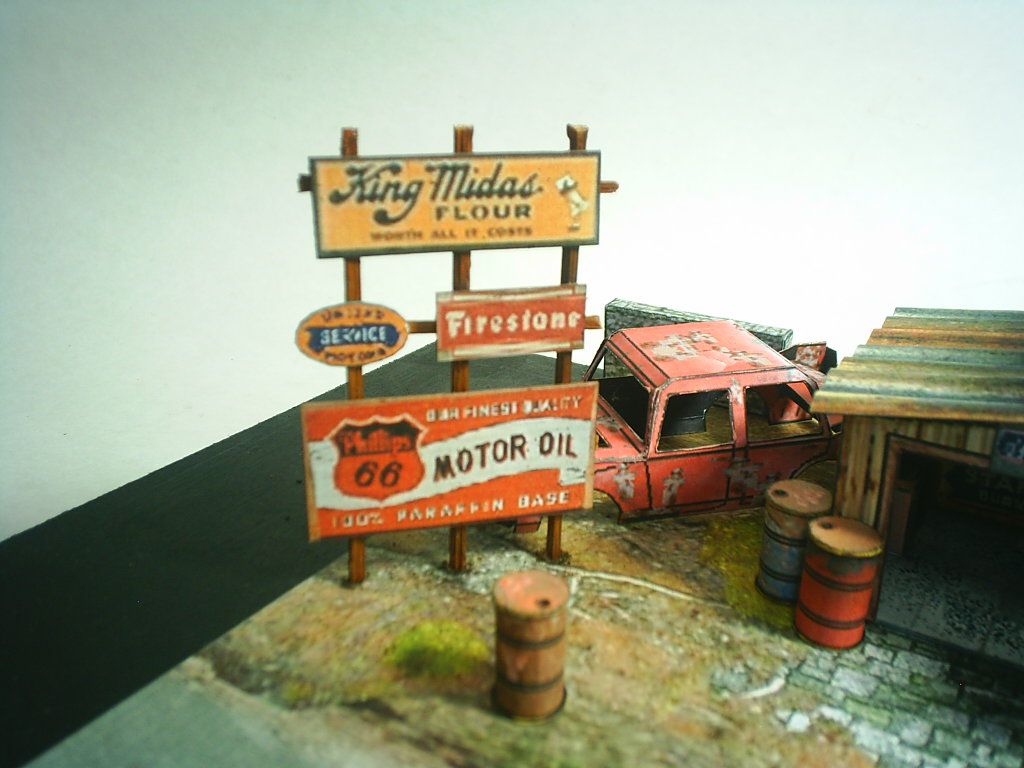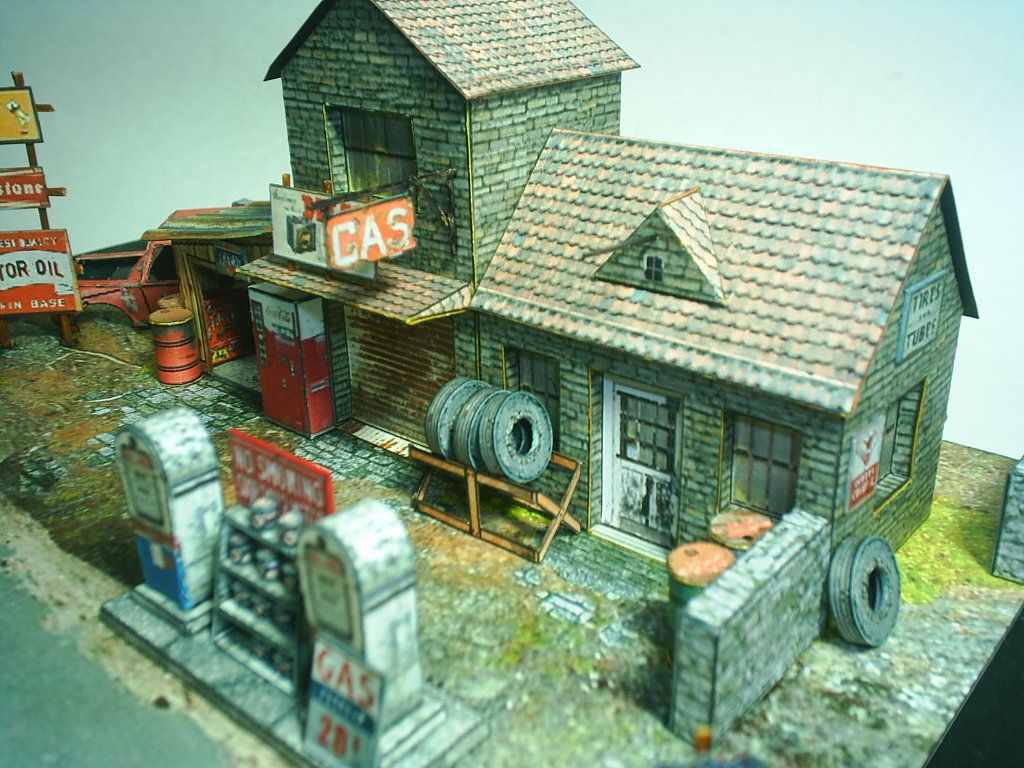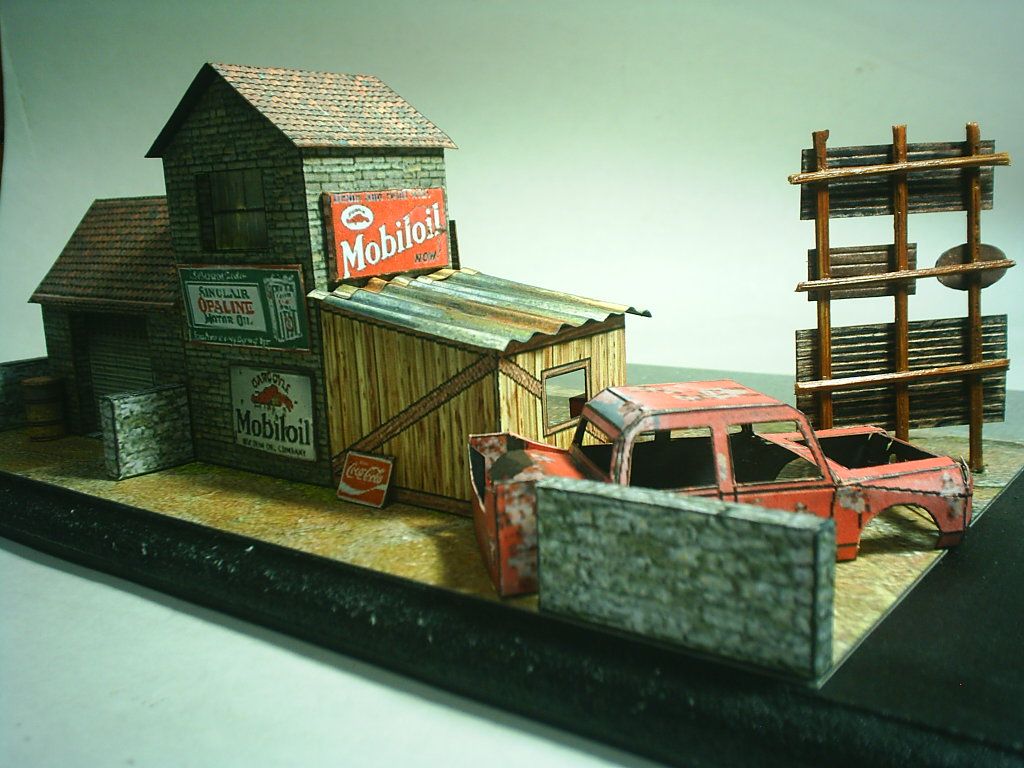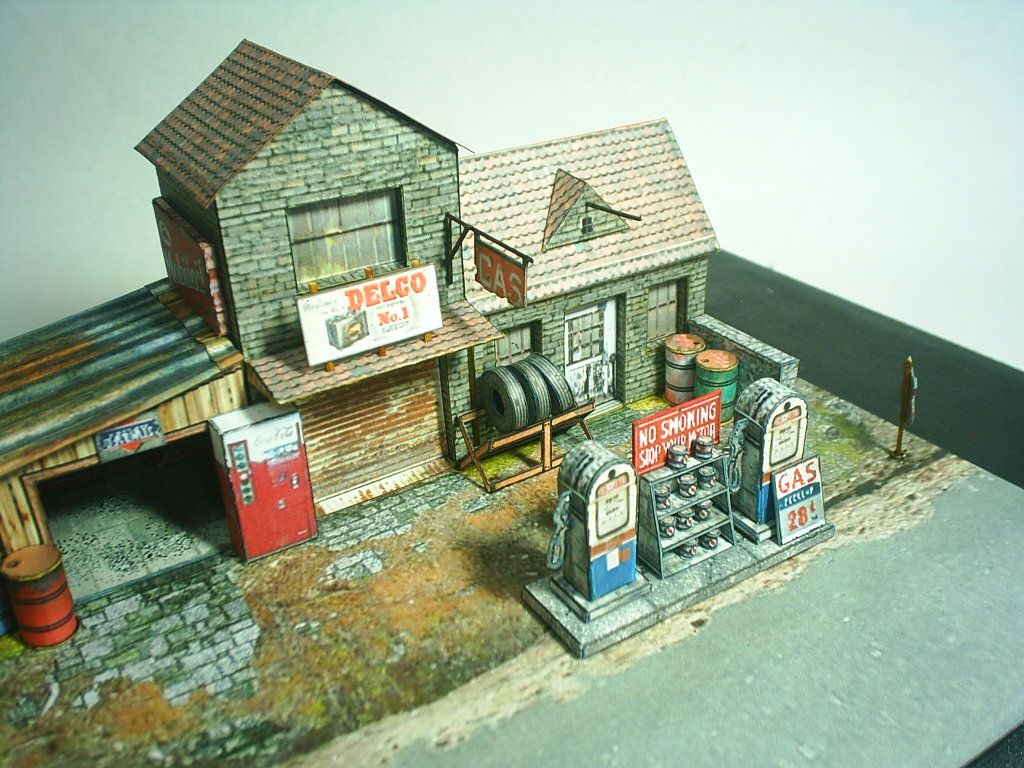

 From the Brazilian Aviation Pioneer Alberto Santos-Dumont
From the Brazilian Aviation Pioneer Alberto Santos-Dumont, this light monoplane can be considered the
first ultralight aircraft:
Structure made of bamboo cane;
Surfaces covered with Chinese silk
Its weight was only a 110 kg;
Wing Span = 5,50 m;
Lenght = 6,20 m; and
Engine = 35 HP 2 cylinder.
The planes were sold in
England for 300 pounds, and in
France for 7500
French francs. Many
WW1 pilots learned to fly in this machine, even if they didn't like its flight characteristics.
O DEMOISELLE voou pela primeira vez em
1907 (modelo Nº 19), sendo desenvolvido sucessivamente até
1909 (modelo Nº 20).
Em
1909, algumas fábricas iniciaram a produção do
Nº 20, chegando a mais de 40 unidades construídas, a preço de um automóvel médio.
Santos Dumont havia posto à disposição de quem quisesse os planos e detalhes do
Demoiselle, pois ele não patenteava suas invenções, que deveriam ser partilhadas por toda a humanidade.
Este aparelho era o meio de transporte pessoal preferido do inventor em visitas a amigos, ao redor de Paris.
 |
| The Real Thing |
Alberto Santos Dumont (Palmira, 20 de julho de 1873 — Guarujá, 23 de julho de 1932) foi um aeronauta, esportista e inventor brasileiro, é considerado por muitos brasileiros, como
o inventor do dirigível, do avião e do ultraleve.
Santos Dumont projetou, construiu e voou os primeiros balões dirigíveis com motor a gasolina. Esse mérito lhe é garantido internacionalmente pela conquista do
Prêmio Deutsch em 1901, quando em um voo contornou a
Torre Eiffel com o seu
dirigível Nº 6, transformando-se em uma das pessoas mais famosas do mundo durante o século XX. Com a vitória no
Prêmio Deutsch, ele também foi, portanto, o primeiro a cumprir um circuito pré-estabelecido sob testemunho oficial de especialistas, jornalistas e populares.
Santos Dumont também foi o primeiro a decolar a bordo de um avião impulsionado por um motor a gasolina. Em 23 de outubro de 1906, ele voou cerca de 60 metros a uma altura de dois a três metros com o
Oiseau de Proie (francês para "ave de rapina"), no
Campo de Bagatelle, em
Paris. Menos de um mês depois, em 12 de novembro, diante de uma multidão de testemunhas, percorreu 220 metros a uma altura de 6 metros com o
Oiseau de Proie III. Esses voos foram os primeiros homologados pelo
Aeroclube da França de um aparelho mais pesado que o ar, e possivelmente a primeira demonstração pública de um veículo levantando voo por seus próprios meios, sem a necessidade de uma rampa para lançamento.
 Apesar de os brasileiros considerarem Santos Dumont
Apesar de os brasileiros considerarem Santos Dumont como o responsável pelo primeiro voo num avião, na maior parte do mundo o crédito à invenção do avião é dado aos
irmãos Wright. Uma excepção é a
França, onde o crédito é dado a
Clément Ader que efectuou o primeiro voo de um mais pesado que o ar propulsionado a motor e levantando voo pelos seus próprios meios em 9 de Outubro de 1890. A
FAI, no entanto, considera que foram os
irmãos Wright os primeiros a realizar um voo controlado, motorizado, num aparelho mais pesado do que o ar, por uma decolagem e subsequente voo ocorridos em
17 de dezembro de 1903 no
Flyer, já que os voos de
Clément Ader foram realizados em segredo militar, vindo-se apenas a saber da sua existência muitos anos depois[7][8][9]. Por outro lado, o
14-Bis de
Dumont teve uma decolagem autopropulsada, reconhecida oficialmente por publico e jornalistas, tendo sido a primeira atividade esportiva da aviação a ser homologada pela
FAI.
Link: Santos.Dumont`s.Demoiselle.Nº20.Airplane.by.C.R.Liberato

